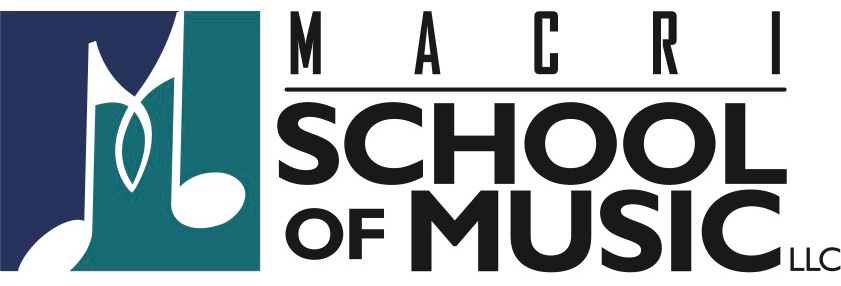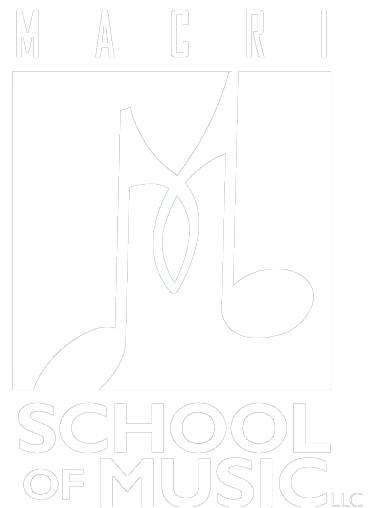Blog
Guide Tones For Jazz Guitar
Playing through a jazz tune with alot of chord changes can sometimes become frustrating and intimidating for a player. This lesson is going to focus on the basics of guide tones and how to incorporate them into your playing. Guide tones are notes in a chord that lead toward the next chord, which are usually the third and seventh of a chord. Figure one [...]
The Pentatonic Major Scale
In the past I’ve written an article about the pentatonic minor scales, a basic foundation for developing a guitarist’s soloing. It’s only natural to focus this lesson on the pentatonic major scales. Like the pentatonic minor scale, the pentatonic major is a five tone scale and is extracted from the major scale. For example, the B major scale is comprised of B-C#-D#-E-F#-G#-A#. The pentatonic [...]
Strumming Patterns For Guitar
Strumming is prevalent in almost every style of guitar playing. In this lesson, we will cover some basic strumming patterns that are used in countless songs in all genres. Strumming with a pick is most commonly used on steel-string acoustic or electric guitars. The sound will be “firmer” and will project more easily than strumming with the fingers or thumb. You can improve the quality of strumming [...]
Gary Moore Blues Licks
The late Gary Moore (1952-2011) was one of the greatest guitarists of all time. As a young rock player, I had never heard anyone play the blues with such precision, passion, and such a robust tone. Gary’s music was soulful but still had the intensity of rock n roll that, to me, was the perfect combination. I have presented some of my favorite licks [...]
Horizontal Pentatonic Minor Patterns
In an earlier lesson, we learned the five positions of the pentatonic minor scale. Now it’s time to put these positions in motion by moving between them. This way you not only get to play vertically on the neck, but also horizontally. Figure 1. shows a one octave horizontal pentatonic minor pattern in A, which starts on position five and shifts into position one. To perform a [...]
Sixth Sense
When confronting the changes of a blues tune, the first scale the majority of players lean towards is the minor pentatonic. This generates some wonderful sounds but by itself it doesn’t provide all the chord tones in a typical I-IV-V. A few other options include the blues scale, major pentatonic, the Mixolydian mode or any combination of all of the above ! In an [...]
Using A Capo On Guitar
A capo is a clamp-like device you attach at a single fret on the neck of your guitar. It covers all six strings and raises the pitch of your guitar one half-step for each fret. For example, if you place the capo on the 2nd fret, the open E string now becomes F# (two half-steps higher in pitch than E). All the other strings also [...]
Keys To Picking Fast And Accurately On Guitar
The key to picking quickly is the ability to successfully synchronize both hands. Most guitar players are more comfortable playing fast legato phrases versus picking every note. The goal is to have a nice balance of both techniques in your playing. Exercises which promote better synchronization should be short, simple and repetitive. Let’s look at a few examples to help achieve this. it is [...]
Practicing With The Metronome On 2 And 4
There is a school of thought that a swing feel must be present in order for music to be classified as jazz. While I don’t necessarily subscribe to that in such declarative terms, I believe a strong time feel must be found in all forms of music. Traditional jazz generally has a swing element to it and for many trying to capture that feel, [...]
Mixolydian Thirds
The Mixolydian mode is a popular choice for soloing in many forms of music. It is derived from the fifth degree or note of the major scale. In the key of C major for example – G Mixolydian would be G,A,B,C,D,E,F,G. It is common to use this sound over dominant 7th chords and in this key the G,B,D,F are your chord tones 1,3,5,b7 and [...]
Our Reviews








